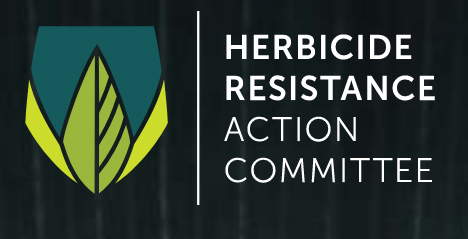INTERNATIONAL HERBICIDE-RESISTANT WEED DATABASE
|
|
Eared Redstem (Ammannia auriculata) is a dicot weed in the Lythraceae family. In California this weed first evolved resistance to Group 2 (Legacy B) herbicides in 1997 and infests Rice. Group 2 (Legacy B) herbicides are known as Inhibition of Acetolactate Synthase
(Inhibition of Acetolactate Synthase
). Research has shown that these particular biotypes are resistant to bensulfuron-methyl and they may be cross-resistant to other Group 2 (Legacy B) herbicides. The 'Group' letters/numbers that you see throughout this web site refer to the classification of herbicides by their site of action. To see a full list of herbicides and HRAC herbicide classifications click here.
|
|
|
|
|
| Common Name | Eared Redstem | | Species | Ammannia auriculata | | Group | Inhibition of Acetolactate Synthase
HRAC Group 2 (Legacy B)
| | Herbicides | bensulfuron-methyl | | Location | United States, California | | Year | 1997 | | Situation(s) | Rice | | Contributors - (Alphabetically) | Jim Hill | |
|
|
|
| | Field, and Greenhouse trials comparing a known susceptible Eared Redstem biotype with this Eared Redstem biotype have been used to confirm resistance. For further information on the tests conducted please contact the local weed scientists that provided this information. |
| |
| | Genetic studies on HRAC Group 2 resistant Eared Redstem have not been reported to the site. There may be a note below or an article discussing the genetics of this biotype in the Fact Sheets and Other Literature |
| |
| | The mechanism of resistance for this biotype is either unknown or has not been entered in the database. If you know anything about the mechanism of resistance for this biotype then please update the database. |
| |
| | There is no record of differences in fitness or competitiveness of these resistant biotypes when compared to that of normal susceptible biotypes. If you have any information pertaining to the fitness of Group 2 (Legacy B) resistant Eared Redstem from California please update the database. |
|
|
|
|
| CE Specialist
University Of California
Agriculture and Natural Resources
One Shields Avenue
177 Hunt Hall
Davis, 95616, California
United States
Email Jim Hill
Web : Web Site Link |
|
|
|
|
| Drag a column header and drop it here to group by that column |
|
|
1
| China | China | | 2023 |
Rice
|
bensulfuron-methyl
| 9 |
Inhibition of Acetolactate Synthase
( HRAC Group 2 (Legacy B)
| 183 | Ammannia auriculata | Eared Redstem | 27280 |
|
2
| United States (California) | United States | California | 1997 |
Rice
|
bensulfuron-methyl
| 45 |
Inhibition of Acetolactate Synthase
( HRAC Group 2 (Legacy B)
| 183 | Ammannia auriculata | Eared Redstem | 1098 |
|
 |
PERMISSION MUST BE OBTAINED FIRST if you intend to base a significant portion of a scientific paper on data derived from this site. Citation:
Heap, I. The International Herbicide-Resistant Weed Database. Online.
. Available
www.weedscience.org
Copyright © 1993-
WeedScience.org All rights reserved. Fair use of this material is encouraged. Proper citation is requested.
|
|